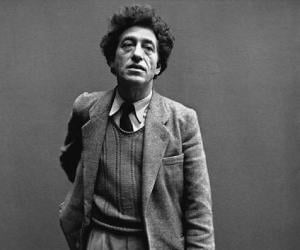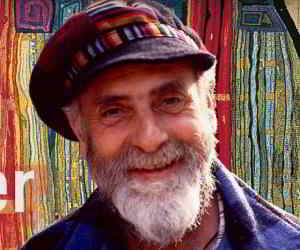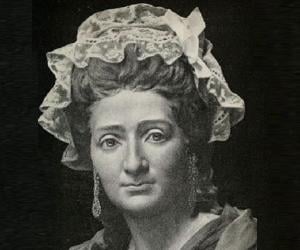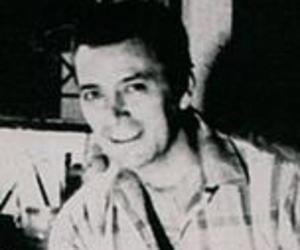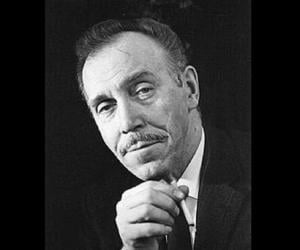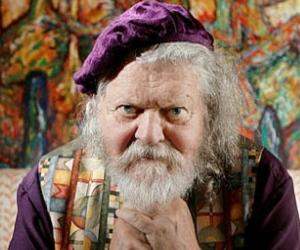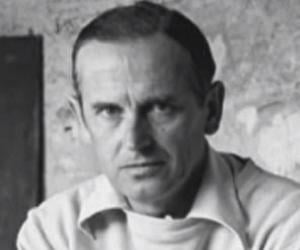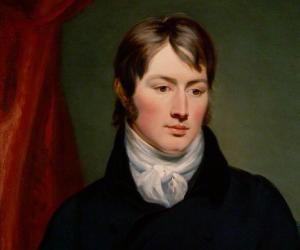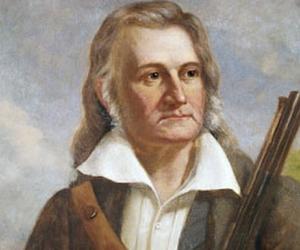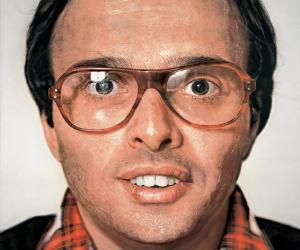Alberto Giacometti was a popular Swiss artist and surrealist sculptor. He was son of a non-impressionist painter – it is no wonder Giacometti came up with many groundbreaking concepts in arts and sculpture. He experimented with cubism and surrealism as a student of Antoine Bourdelle. His name was associated with the Existentialist movement. His creation of Slaughtered Woman is considered as a violent surrealist work. Through “The Palace at 4 a. m”, he created an open cage like structure. His art is renowned for comprising mainly of human forms that are stretched out with elongated limps. His creation of haunting and anguished images serves as ideal expressions of existentialist pessimism. The themes of his later works were of three types – the seated portrait, the walking man and the standing female nude. He enriched the field of modern sculpture with his creation of imagery and his innovative plastic technique. For his outstanding contribution in the field of sculpture, he received the grand prize for sculpture at the Venice Biennale. “Paris sans fin” is a sequence of 150 lithographs in the form of a book, which is his last work. It contains his valuable memories of all the places where he had lived.
Died At Age: 64
Spouse/Ex-: Annette Arm
father: Giovanni Giacometti
siblings: Bruno, Diego
Born Country: Switzerland
Artists Sculptors
Died on: January 11, 1966
place of death: Chur, Switzerland
Alberto Giacometti was known for his eccentric habits, such as walking around his studio with a lit candle on his head to study the effects of light and shadow.
He often worked on multiple sculptures simultaneously, moving back and forth between them to capture different perspectives and emotions.
Giacometti was fascinated by the human form and its imperfections, often exaggerating elongated limbs and emaciated figures in his sculptures to convey a sense of existential angst.
He had a deep appreciation for African and Oceanic art, which influenced his own artistic style and approach to representing the human figure.
Giacometti’s work was highly sought after during his lifetime, with collectors and museums around the world acquiring his sculptures and paintings to showcase his unique vision and talent.


